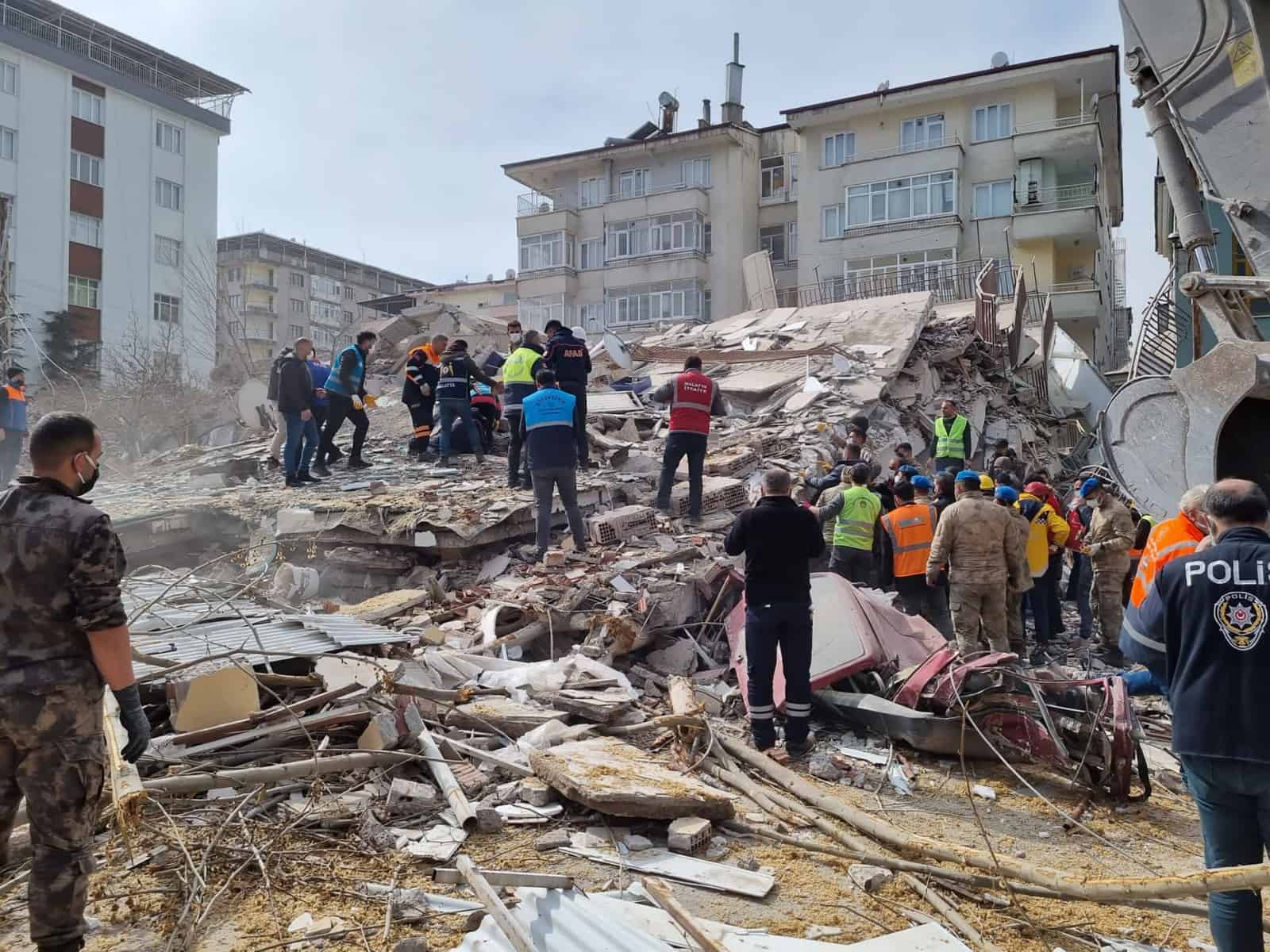Washington, United States– The devastating February 6 earthquake and aftershocks that hit southern Turkey have caused damage worth more than $34 billion in the country, the World Bank said on Monday.
The amount is equivalent to four percent of Turkey’s GDP in 2021, the Washington-based institution said, adding that the estimate does not account for the costs of reconstruction that were “potentially twice as large,” a statement said.
The estimate also does not take into account the damage caused in northern Syria, also particularly affected by the earthquakes, with a World Bank estimate of the costs there to be released on Tuesday.
The World Bank warned that the continuing aftershocks are likely to increase the total amount of damage caused by the disaster.
“This disaster serves as a reminder of Turkey’s high risk to earthquakes and of the need to enhance resilience in public and private infrastructure,” said Humberto Lopez, the World Bank Country Director for Turkey.
The World Bank also estimates that 1.25 million people have been made temporarily homeless due to damage to residential buildings.
It added that direct damage to residential buildings accounted for 53 percent of the estimate, with 28 percent of damage seen in non-residential buildings and the rest in infrastructure such as roads and bridges.








